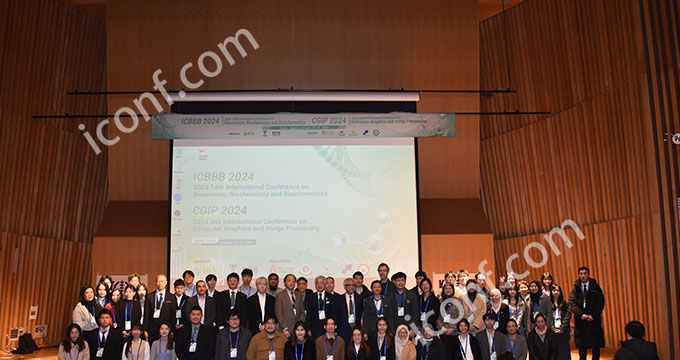

70 views||Release time: Jan 03, 2025
Open access policies are transforming the landscape of academic publishing, including SCI journals. They aim to make research freely available to the global audience, fostering knowledge dissemination and academic collaboration. This guide explores the open access options for SCI papers, their benefits, and how they affect publishing decisions.

Open access (OA) allows research articles to be freely available online, without subscription barriers. Readers can access, download, and share papers without restrictions.
Gold Open Access:
Green Open Access:
Hybrid Open Access:
Many SCI-indexed journals offer gold open access options. Authors retain the benefits of wide readership but may need to cover APCs, ranging from $1,000 to $5,000 or more.
Some SCI journals permit authors to archive their articles on institutional or personal repositories. Policies vary regarding the version of the paper allowed (preprint, accepted manuscript, or published version) and embargo durations.
SCI journals with hybrid models allow authors to choose open access for individual articles while the journal remains subscription-based.
Open access articles are more likely to be read and cited due to their unrestricted availability.
Researchers, practitioners, and policymakers without subscription access can benefit from open access publications.
Many funding agencies, like Plan S and Horizon Europe, mandate open access publication for research they support.
Open access fosters global collaboration by making research accessible to scholars worldwide.
The cost of publishing in gold or hybrid open access journals can be prohibitive for researchers without institutional support.
Navigating different publishers' policies and embargo periods can be confusing.
Some journals exploit the open access model to charge high APCs without proper peer review. Authors must verify a journal's credibility before submission.
If your institution or funder provides support for APCs, gold open access might be feasible.
Review the open access options of your target SCI journal using resources like SHERPA/RoMEO.
For interdisciplinary or global research, open access ensures broader reach and engagement.
If APCs are a barrier, explore green open access options. Ensure you comply with the journal's self-archiving policies.
Most open access journals use Creative Commons (CC) licenses, which specify how articles can be reused:
Open access policies provide significant opportunities for SCI authors to enhance the visibility and impact of their research. By understanding the options and aligning them with your goals and resources, you can effectively leverage open access for academic success.
For more guidance on academic publishing, visit iconf.com.